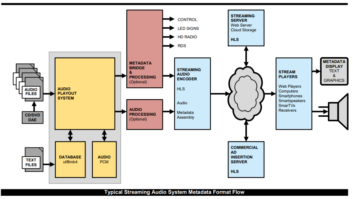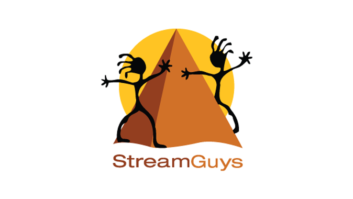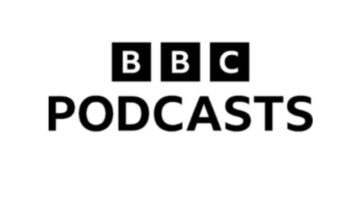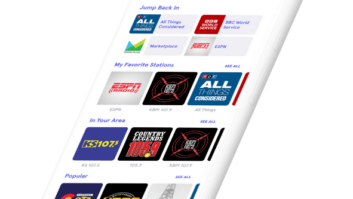Radio World Editor Paul McLane wrote in the May 9 issue about stations pulling their Internet streams. He wrote, “The hasty action by radio groups that yanked their streamed programming recently strikes me as short-sighted.”
This makes it sound like the stations in question, and WOR is one of them, did not give this decision much thought and simply pulled the plug. This is not the case.
Most of the commercials in question were agency spots. Obviously, the agency made the deal to get the spot(s) recorded, paid the appropriate fees, and delivered the spot(s) on behalf of their clients. The agency was then told that they owed additional expenses if the spot(s) were streamed. Stations started receiving letters from agencies threatening to cancel advertising contracts if the spots were streamed.
With the threat of loss of revenue, WOR and the Buckley stations pulled their streams.
Smaller potential
AFTRA wants payment for additional exposure for their talent (as explained on www.aftra.com), and rightfully so.
However, according to their example of a New York City station, the talent would be paid $1,317.40 for a spot that would air for a year in the New York market, with a potential listenership of 14 million persons. If a station streams its audio, the talent would be paid an additional $660 because the potential listenership and exposure for the talent is worldwide.
AFTRA goes on to state that this is a “discount” from what the fee should be due to the worldwide nature of potential listenership. What they don’t take into consideration, however, is that most Internet streams have a limit.
WOR, although on a large server, was limited to 1,500 streams at any time. Our on-air signal has upwards of 500,000 persons listening at any given time. How can $660 be justifiable for a grand total of 1,500 persons listening?
While most stations, WOR included, had listeners to their streams on a worldwide basis, I doubt that these streams generated any additional revenue for the stations in question. If anything, they may have resulted in TSL going up slightly, as persons who could not listen to a station, particularly an AM, in an office building now had the opportunity to listen longer.
This has the potential to affect advertising rates, but Arbitron does not ask how you listen, only when you listen, and it would be hard to correlate additional TSL to Internet listening. The additional revenue, if any, generated for the station makes it hard to justify the “discounted” rate.
Ad insertion questions
AFTRA’s site goes on to state that the technology exists to excise commercials from the station’s Webcasts. This is true. However, in the case of WOR, this would not be possible.
When WOR is an affiliate of our own network, The WOR Radio Network, replacing a spot cluster would be simple. All of the breaks are formatted with specific lengths. The network closure comes down, the filler material would fire, all would be right with the world.
But WOR is live and local for a considerable portion of the broadcast day. The talent and producers have the authority to move spots around in an hour and, depending on program content, break length can vary considerably.
An announcer may not want to read a live spot after conducting a long interview, and what was a break with 1:00 of live content and 2:00 of recorded content becomes 3:00 of recorded content.
The technology presented to me required a download of our commercial log. From the above scenario, it becomes clear that this would not work and we would have to start programming the radio station for the Internet and become rigid. This is not acceptable.
Spot replacement under these conditions would require another operator and essentially the operation of a separate station strictly for the Internet, something that is not in the budget – and won’t be for a service that generates zero revenue.
Smokey the Union Bear
Additionally, what do you fill with? Station promos? “Smokey Bear” PSAs? Wait, Smokey is probably AFTRA and we can’t do that.
Leave an empty hole in the audio when you go to commercial? How many times will a listener to your stream put up with hearing the same promo over and over?
With the threat of loss of revenue and having to replace commercial content, and now not being able to stream your Major League Baseball games because the broadcast is owned by Major League Baseball, many stations are left with an impossible situation in regards to their Internet streams.
While you don’t want to lose the additional listeners you may gain from your stream, it makes no sense to put up a stream that would require an additional staff to maintain.
If the stream were a moneymaker, that would be another story. But the idea of streaming for most stations was that it would be a convenience for their listeners, whether they were out of town or in a poor reception area.
It’s time we brought a little sanity to the business. The deep pockets of the past are gone. I think we all need to step back, take a deep breath and look at the situation logically, from all corners.
The present solutions are not completely logical and would result in additional expenditures that can’t be justified in a business model. Don’t you just miss the days when radio was fun and being on the air, or on a stream, or on a PA system was considered cool?
RW welcomes other points of view.











